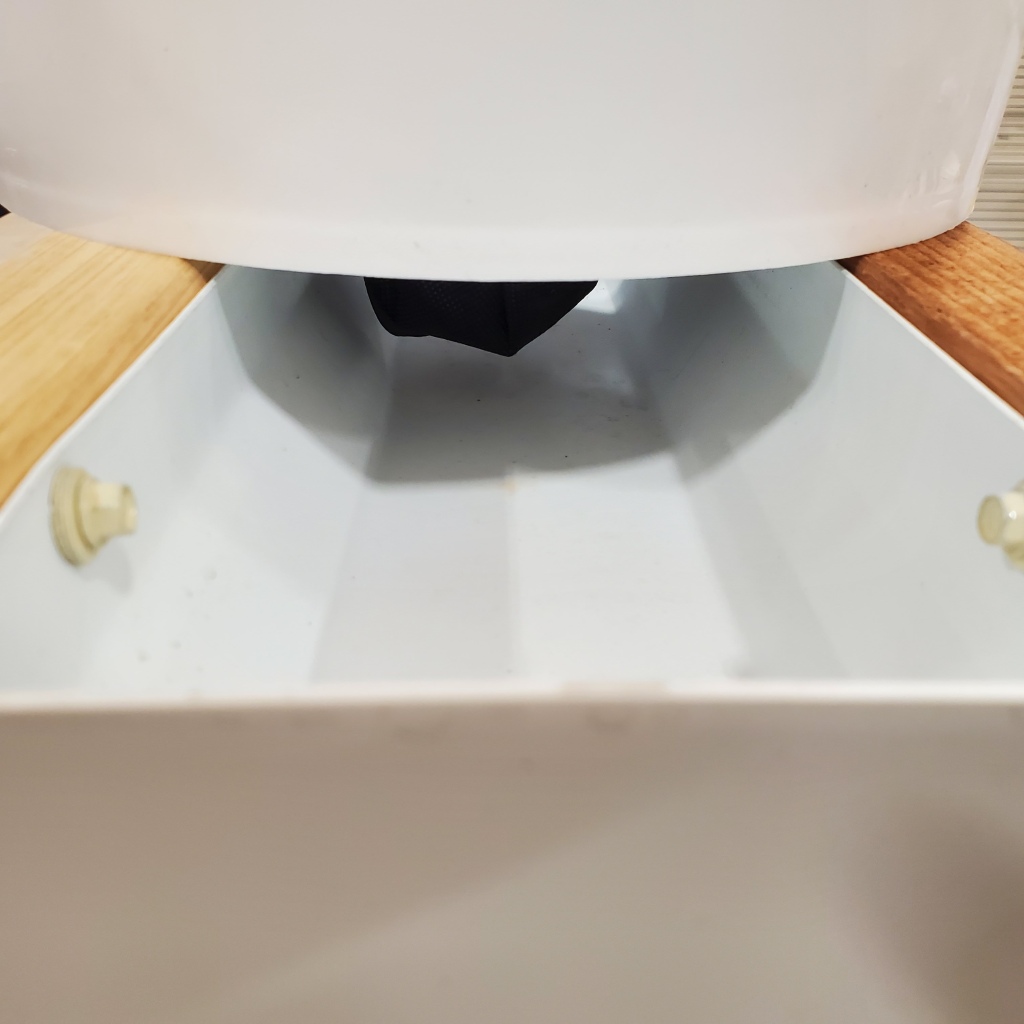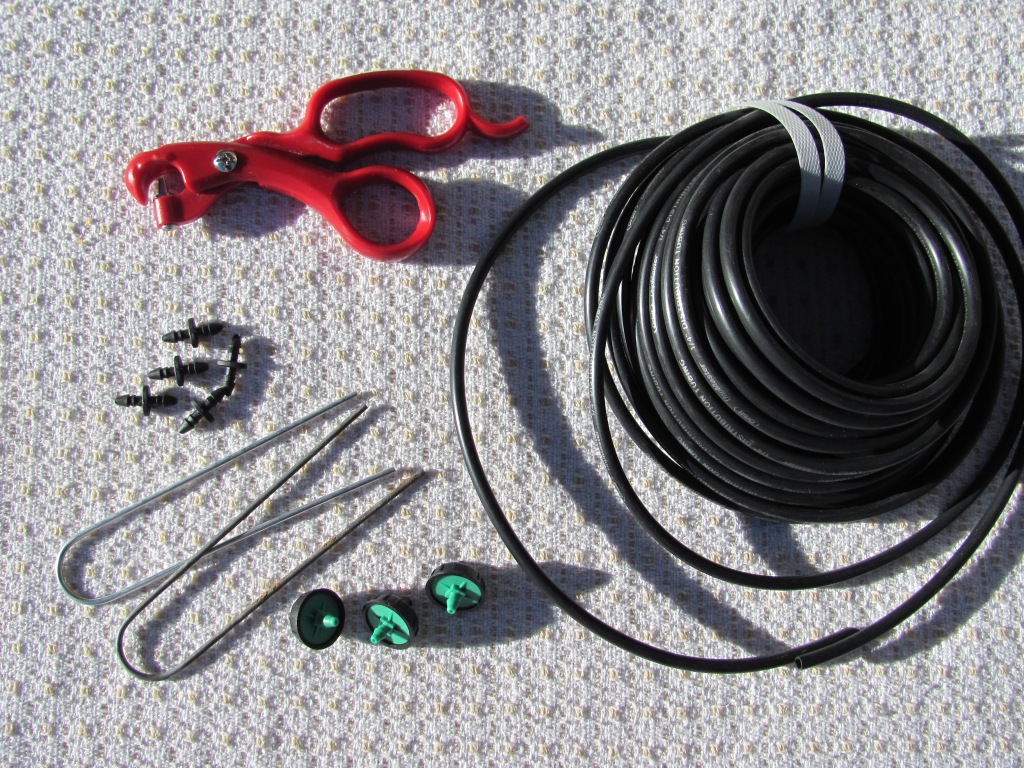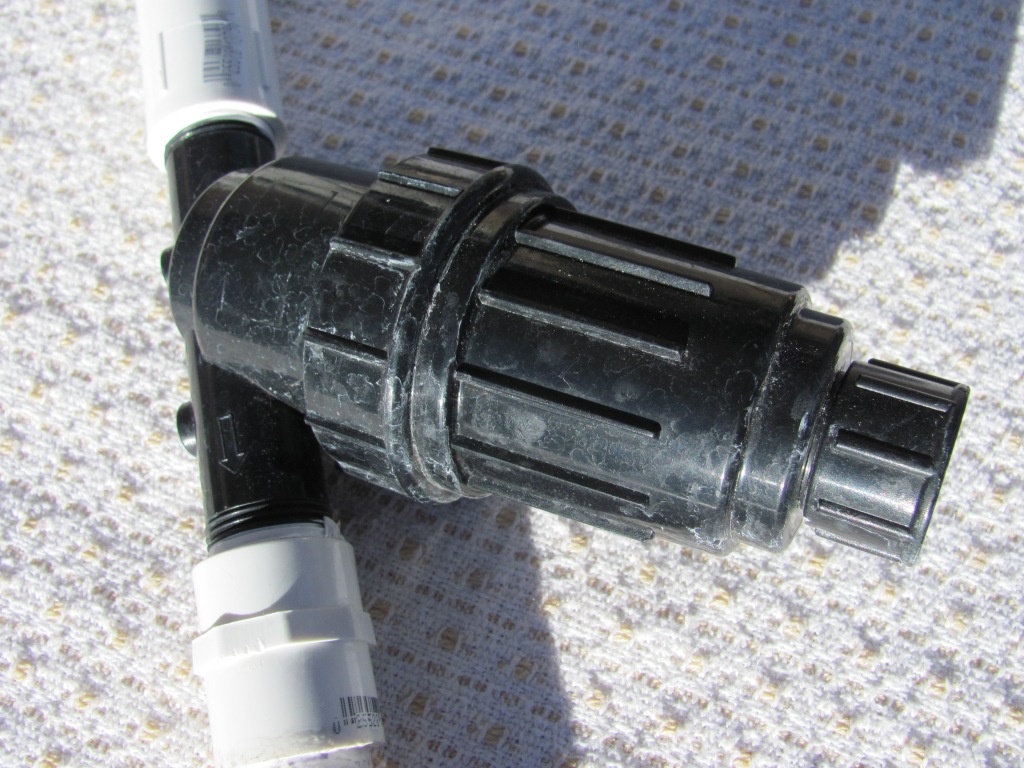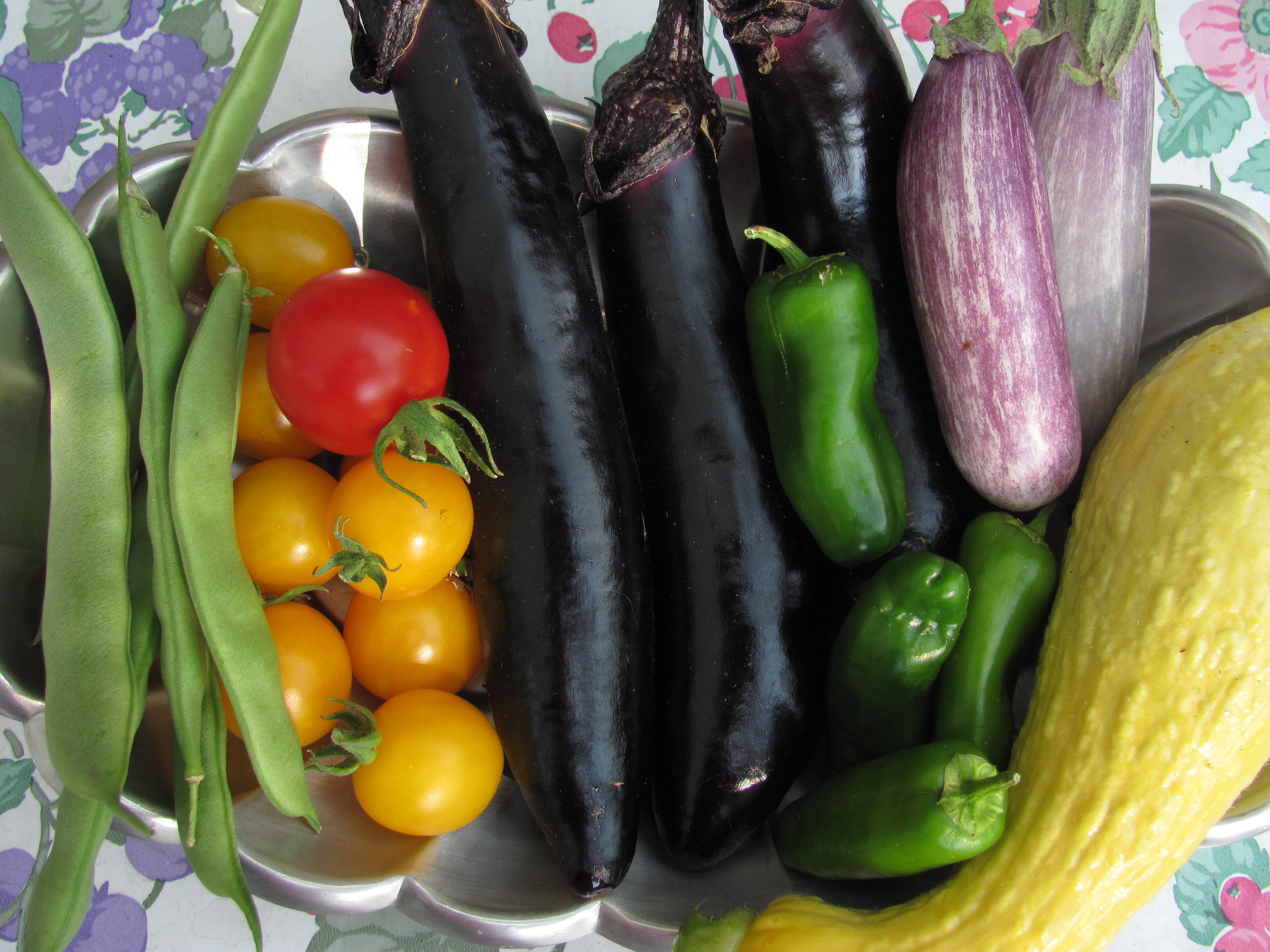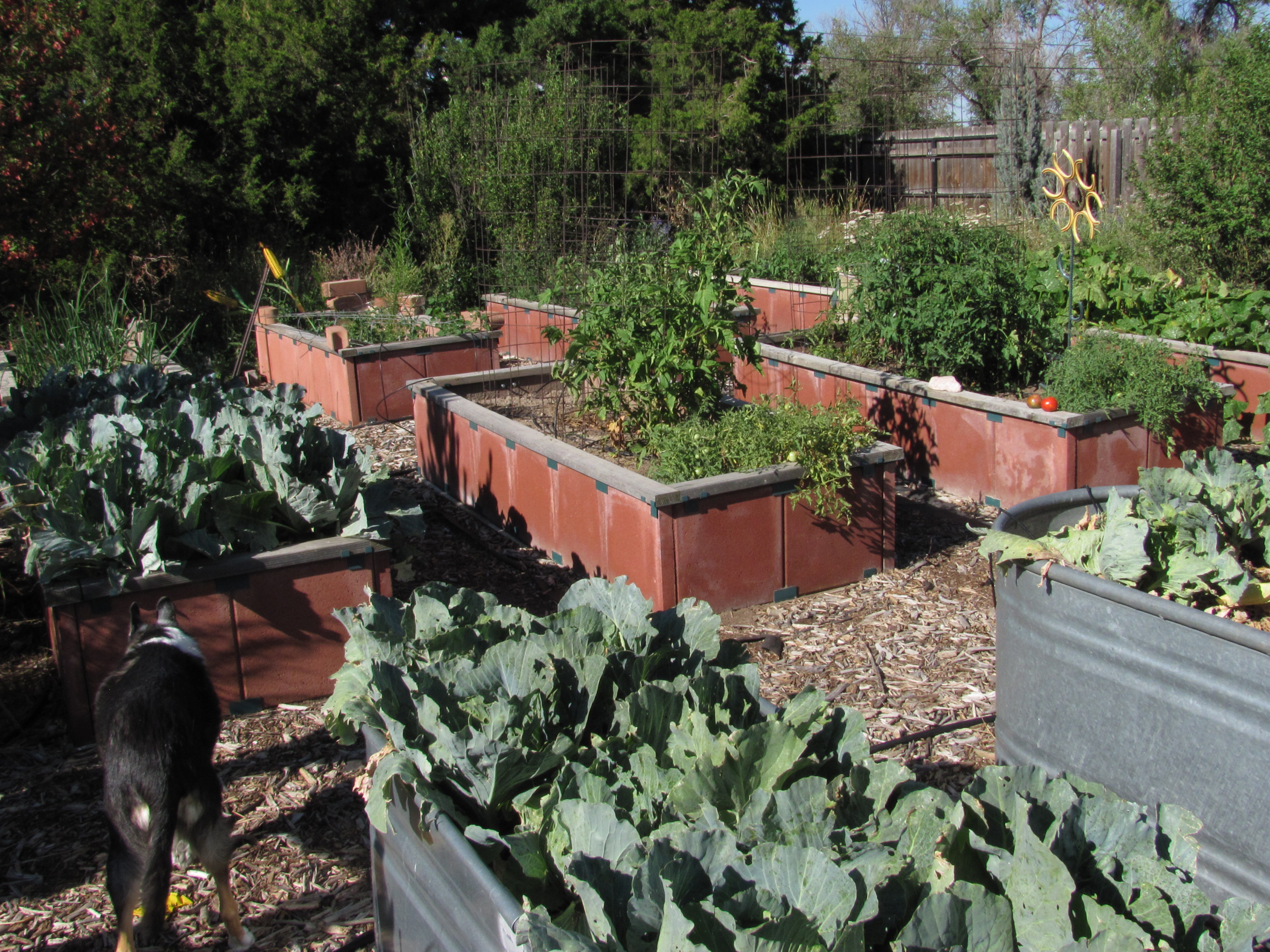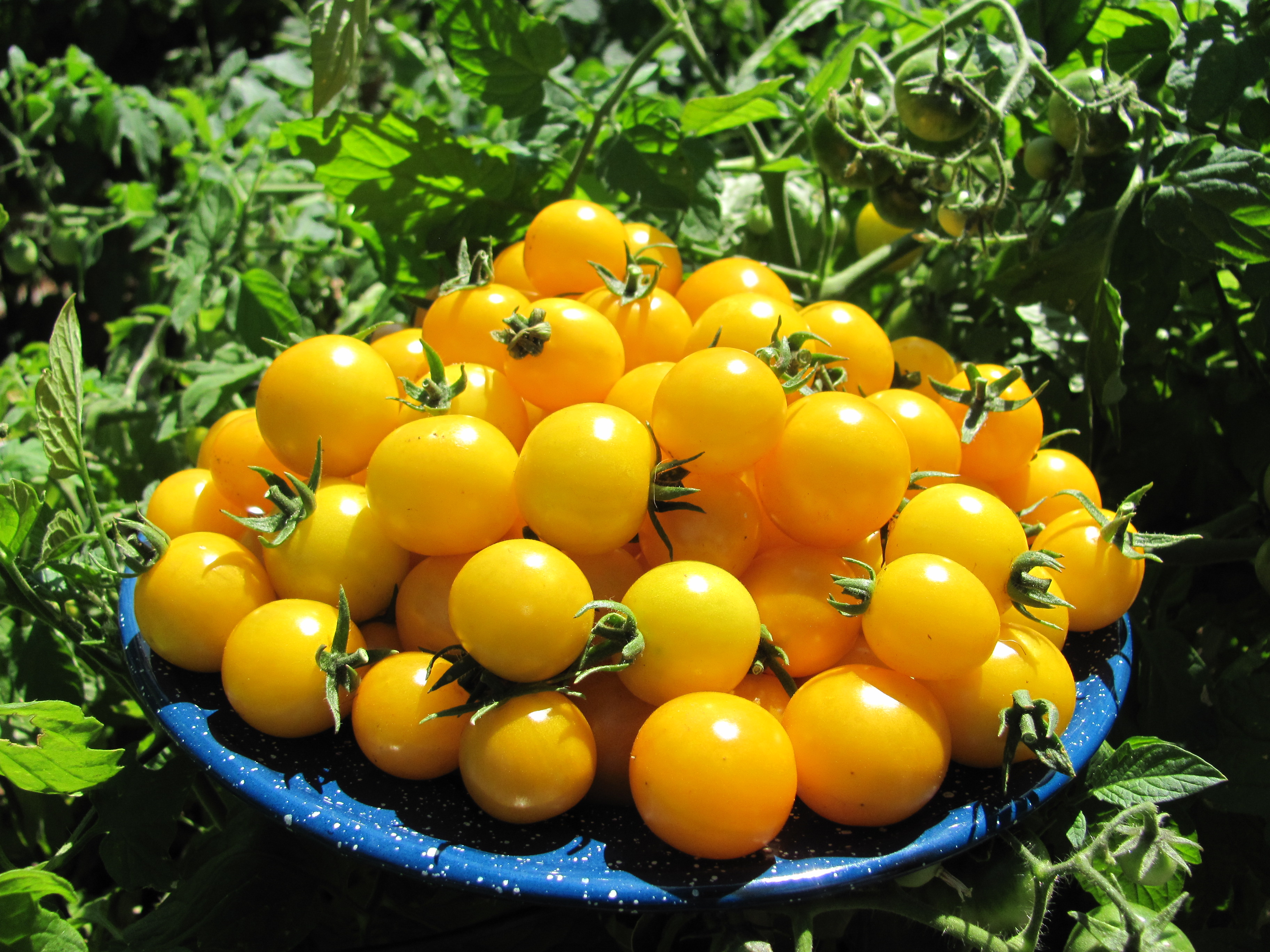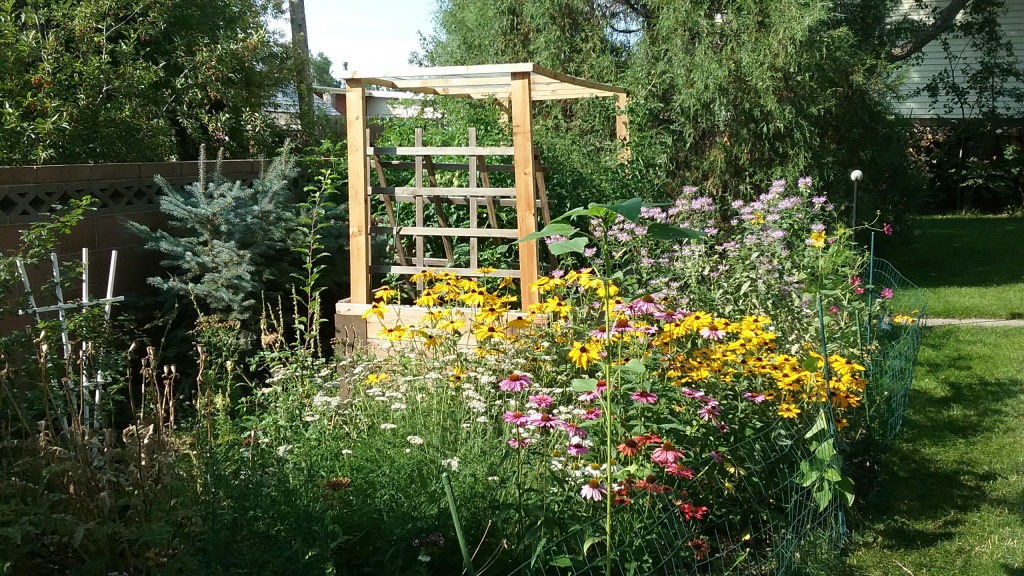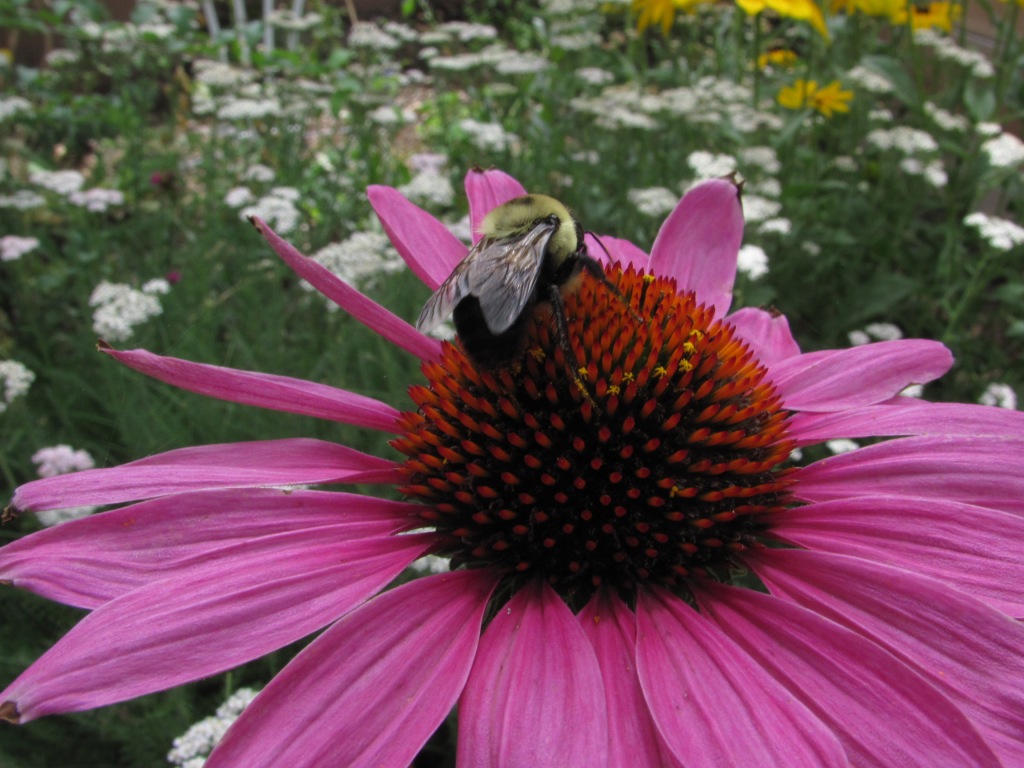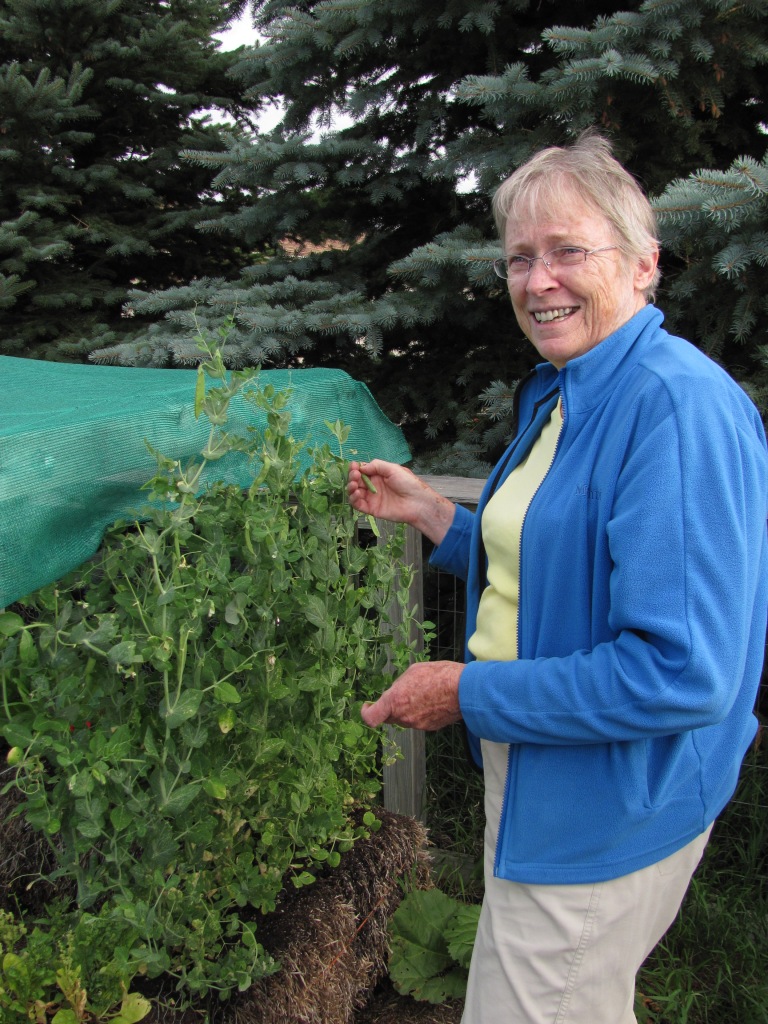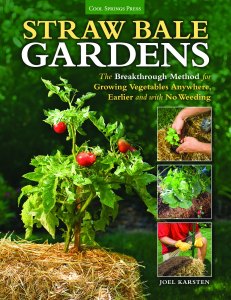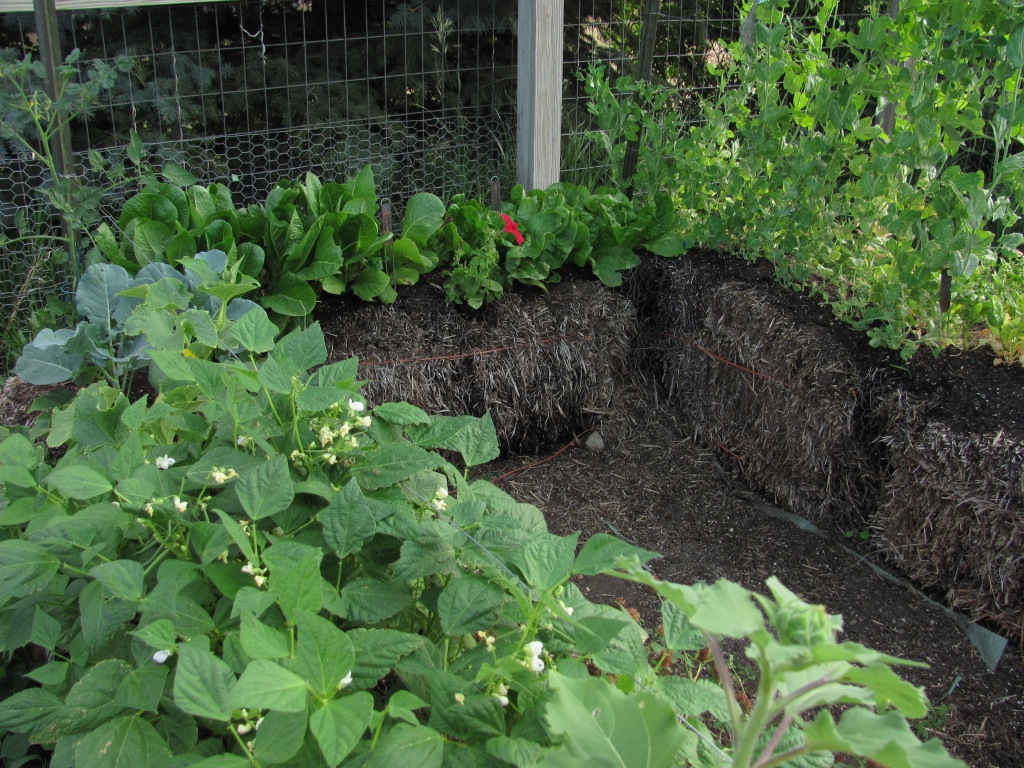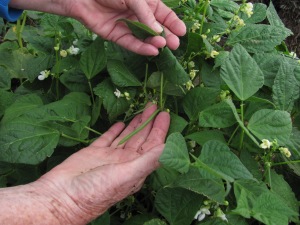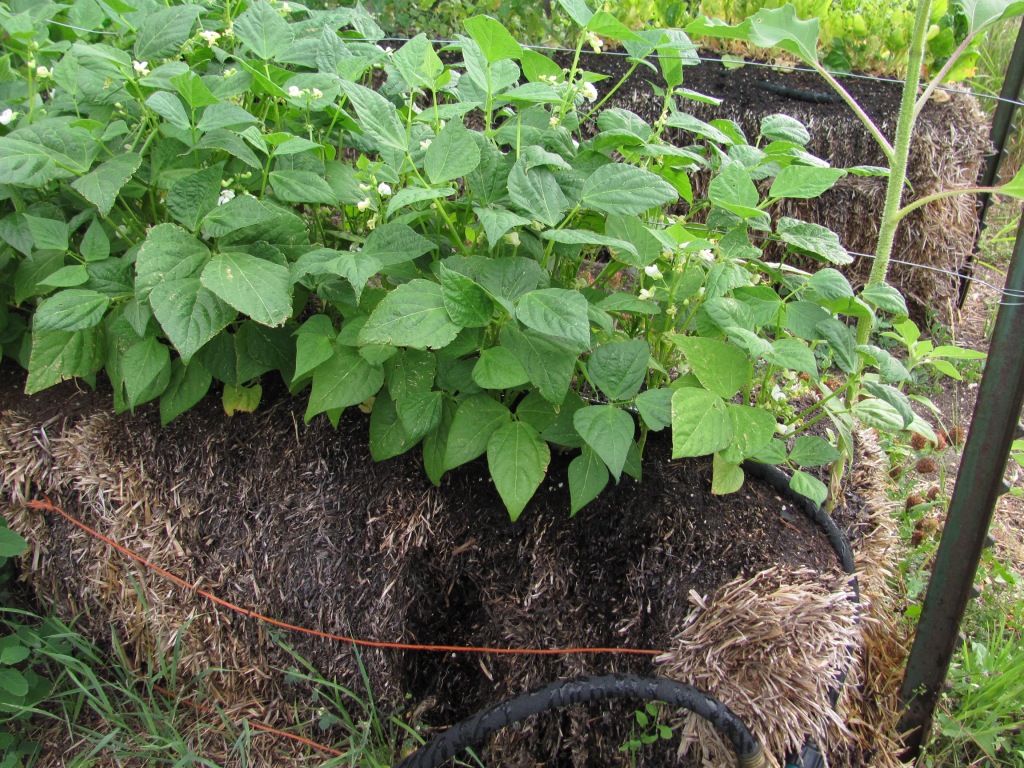
Gardeners’ Christmas wish lists include tools, vinegar and manure
Published Dec. 15, 2023, in the Wyoming Tribune Eagle.
By Barb Gorges
I asked Laramie County Master Gardeners what they want for Christmas and received a variety of replies, from tools to greenhouses to sheep manure.
Manure?!
Donna Woitaszewski wrote, “My biggest garden wish this year is to have some sheep do-do tilled into my garden spot. I’d take basically any good organic soil-builder but that one comes to mind first. I don’t have a truck, a tiller, or any help to do it, so Santa would need to include that, too.”
Equally basic, Peggy Zdenek wants wooden posts for installing a fence. Fencing can be so important. Not only does it separate animals and people from tender plants, but solid fences can throw a little shade and act as a windbreak out on the prairie.
Tools are a popular category. Christine and Steve Johnson garden on a larger scale than many of us, so I’m not surprised by the larger tools in their long list. It’s actually from last year, but now that they’ve tried these items, they highly recommend:
–Raised garden boxes with hoop tops that can be removed
–Automatic timer for the outside faucet
–Drip system
–Tree spade, (flatter than a shovel)
–Hoss wheel hoe plow and attachments (you push the wheeled plow)
–Scythe or brush cutter with curved steel blade and two wooden handles from vidaXL.
Power tools are on the lists of two women. Kathy Juniker says she wants a ‘girl-sized’ garden tiller. “I need to get rid of more turf grass and build more flower beds full of pollinator friendly plants. Digging out that sod by hand is back-breaking! There is a Black and Decker electric tiller that we had at the Boys and Girls Club this spring that I could handle. It’s not that expensive.”
Rosalind Schliske wrote, “Earlier this year, Keren Meister-Emerich wouldn’t stop raving about her new battery-operated DeWalt pruner. She was so excited that she had filled her husband’s truck so many times with branches to take to the city compost facility.
“Then in June, the Prairie Garden Club held its cleanup of the grounds at the Historic Governors’ Mansion. Members Jutta Arkan and Martha Mullikin were using their DeWalt pruners to cut back the numerous white roses and other out-of-control bushes around the building. They, too, raved about the pruner, and seeing it in action, I could understand why.
“However, I didn’t wait until Christmas to buy my own. In addition to cutting the usual suspects like lilacs and cotoneaster, it was amazing during fall cleanup on thick-stemmed goldenrods and hollyhocks and even thinner perennials. The lightweight pruner is wonderful for those who us without a lot of hand strength. I think we all would highly recommend the 20v MAX cordless battery-powered pruner (DCPR320).”
Sabine McClintock hopes her Santa hears her wish for a way to store very long, heavy-duty hoses. And maybe make her a simple board with large nails for holding tools. And find some 30% horticultural vinegar for killing weeds.
I don’t know if it will work for Sabine, but Suzy Sauls told me about her dream hose from Hoselink. A hundred-foot hose retracts itself into a tidy container the homeowner mounts on a post next to the outside faucet. And the company has fittings for hose ends so they easily snap together, instead of being difficult to twist and then they still leak.
A greenhouse always makes this list—well, not made of glass in our climate. Marla Smith said, “The only thing on my Santa list is a high tunnel. The ability to extend the season for my flowers and vegetables would give an additional support to everything I enjoy about gardening in these high altitudes!”
Having heard of at least two high tunnels self-destructing in our wind, I asked Marla if she had heard about the stronger, geodesic dome types. Yes, she had, even helping erect one during last spring’s Bee College at Laramie County Community College. She hasn’t been able to choose between them yet.
Jutta Arkan, on the other hand, thinks the Master Gardeners could play Santa by contributing a garden-themed bronze to the collection on downtown street corners. She’s even picked out Loveland, Colorado, artist Julie Jones’s “Sweet Moment.”
If you are tasked with finding a gift for a gardener, consider gardening magazines like “The American Gardener.” Or, a Cheyenne Botanic Gardens membership which gets members into 300 other gardens across the country for free or special rates.
Or, maybe a gift certificate for an appropriate seed catalog like Pinetree Garden Seeds from Maine. They specialize in vegetables for short growing seasons like ours.
Or, a big, fat, garden-filled coffee table book to sink into when winter is at its worst.






